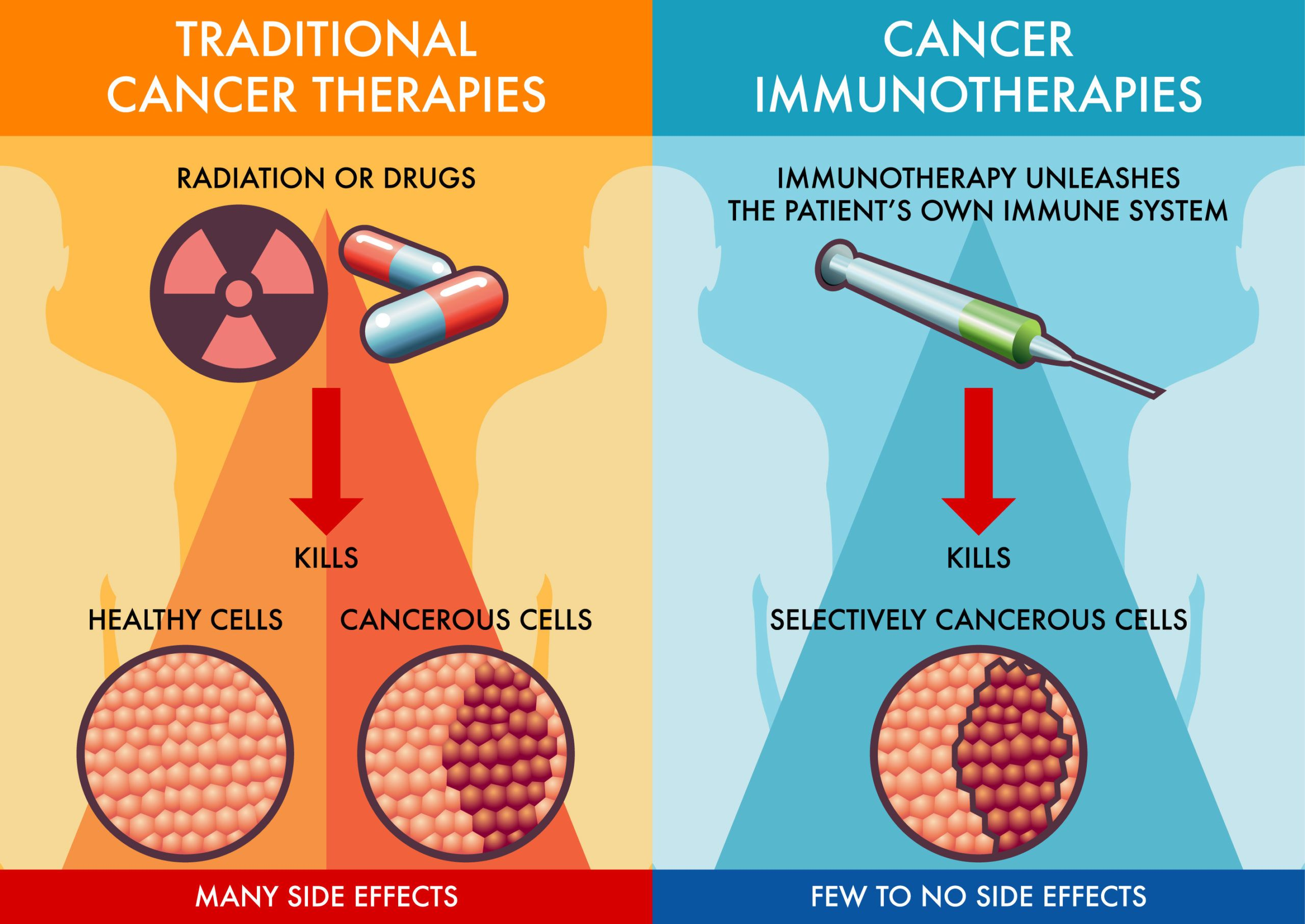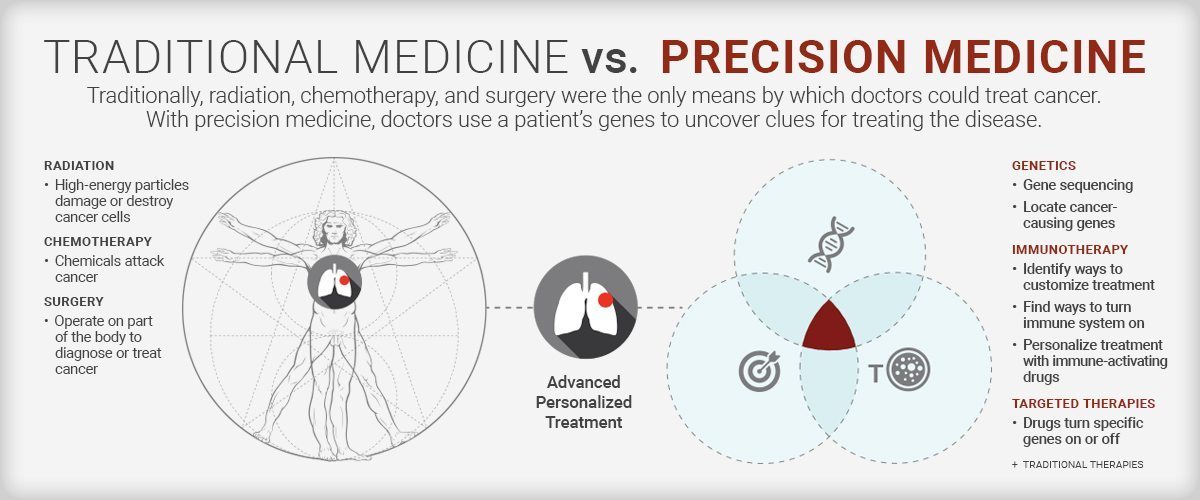History of Key Milestones in Advancement of Cancer Research
Cancer research has come a long way in recent decades, with many breakthroughs and technological advancements helping to improve our understanding of the disease and how to treat it. Here are some key milestones in cancer research and technology:
1. Discovery of DNA as the genetic material: In 1953, Rosalind Franklin’s X-ray of the DNA molecule, as well as James Watson and Francis Crick 3D model build based on the X-ray, revealed the double helix structure of DNA, the genetic material that carries the instructions for the development and function of all living organisms. This discovery laid the foundation for understanding how genetic mutations can lead to cancer.
2. Development of chemotherapy: In the 1940s and 1950s, scientists began to develop drugs that could target and kill cancer cells. These drugs, called chemotherapy, have become a mainstay of cancer treatment, and have helped to improve the survival rates for many types of cancer.
3. Advances in radiation therapy: In the 1960s, scientists began to develop more precise and targeted forms of radiation therapy, which use high-energy rays to kill cancer cells. Today, doctors can use advanced imaging techniques to precisely target radiation to the tumor, minimizing damage to healthy tissue.
4. Discovery of oncogenes and tumor suppressor genes: In the 1970s and 1980s, scientists discovered that certain genetic mutations can lead to the development of cancer. Oncogenes are genes that promote the growth of cancer cells, while tumor suppressor genes inhibit their growth. Understanding these genetic changes has helped scientists develop new cancer drugs and therapies.
5. Development of immunotherapy: In 1990s, researchers have begun to develop new cancer treatments that harness the power of the patient’s immune system to fight cancer. These treatments, known as immunotherapies, can be used alone or in combination with other treatments, and have shown great promise in treating many types of cancer. The first FDA approved immunotherapeutic drugs became available in early 2000s but it took another decade for the treatment option to become more mainstream.
6. RNA Based Gene expression Profiling (GEP): First RNA based GEP analysis was done in 1977 by Alwine et al. using a Northern Blot. GEP technology became commercialized and used for whole transcriptome profiling in 2000’s. The technology made it feasible for more efficient cancer biomarker discovery and became a cornerstone for advancements in precision medicine.
7. Advancements in precision medicine: In early 2000s, scientists began exploring the idea of personalized cancer treatments based on the specific genetic changes in patients’ tumors. The gene expression profiling (GEP) using transcriptomics data (RNA sequencing) of cancer patient samples allowed for more precise biomarker discoveries and more customized treatment plans. This approach, known as precision medicine, has led to new drugs and therapies that target the specific genetic mutations.
Overall, cancer research has come a long way in recent decades, and new technologies have led to many breakthroughs in our understanding of the disease and how to treat it. While there is still much work to be done, these advancements have helped to improve the lives of many cancer patients and bring hope for a cure.



